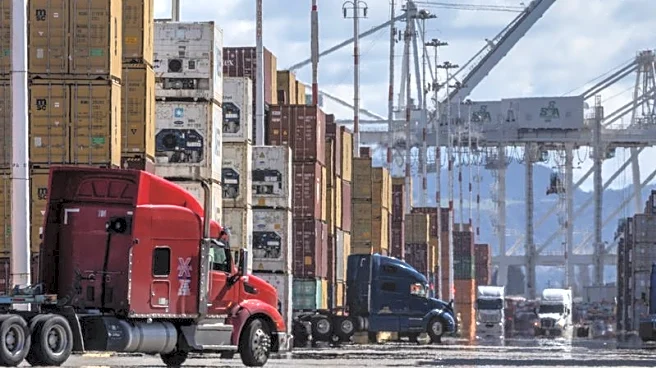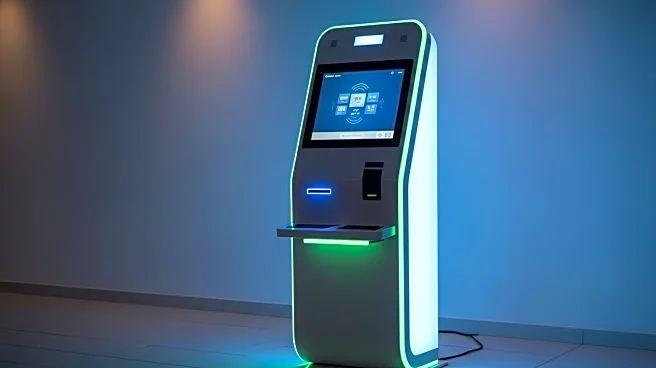What's Happening?
The United States self-storage market is anticipated to grow significantly, reaching USD 57.53 billion by 2030, according to a report by Mordor Intelligence. This growth is driven by increasing urbanization,
shrinking living spaces, and rising residential mobility. The market, which generated USD 45.41 billion in 2025, is advancing at a compound annual growth rate (CAGR) of 4.85%. The demand for self-storage solutions is further fueled by the integration of storage facilities into business operations, particularly for e-commerce and small businesses. These units serve as micro-fulfillment centers, enhancing delivery and inventory management. Additionally, digital innovations such as online booking and AI-driven pricing are transforming the efficiency of storage rentals, making them more accessible and cost-effective.
Why It's Important?
The expansion of the self-storage market reflects broader trends in urban living and business operations. As cities grow and living spaces become more constrained, the need for off-site storage solutions becomes critical. This trend is particularly relevant for businesses that require flexible inventory management solutions. The growth of e-commerce has increased the demand for storage units that can function as distribution hubs, thereby supporting business scalability and operational efficiency. For consumers, the availability of temporary storage solutions during moves or renovations offers convenience and flexibility, especially in regions with high residential mobility. The market's growth also presents opportunities for investors and technology providers to capitalize on the evolving needs of urban populations and businesses.
What's Next?
The self-storage market is expected to continue evolving with technological advancements and changing consumer behaviors. Stakeholders such as facility owners, operators, and investors will need to adapt to these shifts by enhancing digital capabilities and expanding service offerings. The integration of AI and digital management tools will likely become more prevalent, improving customer experience and operational efficiency. Additionally, as urbanization continues, the demand for climate-controlled and secure storage solutions is expected to rise, prompting further investment in purpose-built facilities. The market's segmentation by user type, unit size, and booking channel will also play a crucial role in shaping future strategies and investments.
Beyond the Headlines
The growth of the self-storage market highlights important cultural and economic shifts, including the increasing mobility of the workforce and the rise of remote work. These factors contribute to the demand for flexible living and storage solutions. Moreover, the market's expansion underscores the importance of sustainable urban planning and the need to address space limitations in growing cities. As self-storage facilities become integral to urban infrastructure, considerations around zoning, environmental impact, and community integration will become increasingly relevant.












